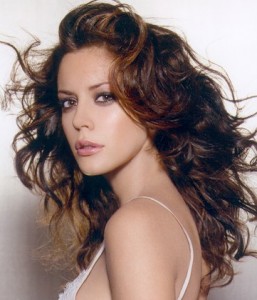 Here is the abstract from a paper with the title “The Currency of White Women’s Hair in a Down Economy.” (emphasis added)
Here is the abstract from a paper with the title “The Currency of White Women’s Hair in a Down Economy.” (emphasis added)
This short essay is a reflection on the relationship between the economy and women’s hair. I suggest that examining women’s spending on hair care products during uncertain financial conditions provides insight into the gendered aspects of the economy. As the economy has declined, sales of home hair-care products targeted toward white women have increased. Major news outlets report on salon customers trying to stretch out the time between their regular $250 hair salon treatments. Certain women turn to home hair dyes to maintain conforming appearances. In popular culture, to have white skin and gray hair is to be old (unemployable and unattractive) or menopausal (unproductive and unsexual). An attempt to retain their hair color (natural or chosen) is, for certain women, an attempt to retain a currency of employability, utility and desirability.
The hair-care spending of African-American women (of all socio-economic classes), in contrast, appears to be less susceptible to economic cycles. African-American legal scholars have given voice to the complex role that hair can play in the personal, professional, social and legal lives of black women. I argue that only in a down economy do some white women grapple with their hair’s complex signaling function, including its link to race and privilege.
Hat tip to Tyler Cowen at Marginal Revolution, who thanks www.bookforum.com.
Related posts:
Imagine a future without cosmetic surgery
Feeling sorry for plastic surgeons
Character, personality, and cosmetic surgery
The death of Wang Bei: Cosmetic surgery as a moral choice
Bibi Aisha: Fixing what can be fixed
Resources:
Image: Hair style artist
Bridget J. Crawford, The Currency of White Women’s Hair in a Down Economy, Social Science Research Network, January 27, 2011


Sorry, comments are closed for this post.